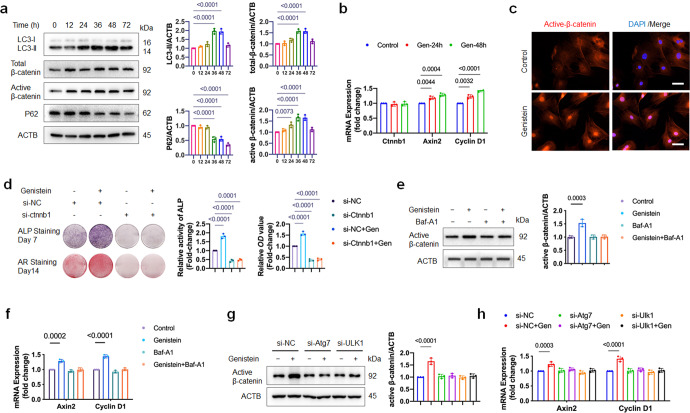Fig. 5. Genistein-induced autophagy activates canonical Wnt/β-catenin signaling pathway.
a OVX-MSCs were treated with genistein and assayed for changes in LC3-II, P62, total β-catenin and active β-catenin expression over a 72 h window. The graphs on the right show quantifications of the protein expression level normalized to ACTB (n = 3). b qRT-PCR was performed to examine changes in expression of Ctnnb1/β-catenin and Wnt-target gene Axin2 and Cyclin D1 during 48-h of genistein treatment (n = 3). c Genistein induced nuclear translocation of active β-catenin after 48 h treatment (n = 3). Representative images are shown. Scale bar, 50 μm. d OVX-MSCs were transfected with control or ctnnb1 siRNA, then treated with genistein for 48 h, followed by osteogenic medium stimulation for the indicated time periods. ALP staining and Alizarin Red staining, as well as ALP activity assays and quantitative analysis of the Alizarin Red staining were performed (n = 3). e, f OVX-MSCs were incubated with genistein with or without Baf-A1 for 48 h. Representative Western blots and densitometric quantifications of active β-catenin are shown (n = 3). The mRNA levels of Wnt target gene Axin2 and Cyclin D1 were analyzed by qRT-PCR (n = 3). g, h OVX-MSCs were transfected by Atg7 or Ulk1 siRNA, then treated with 10 nM genistein for 48 h. Representative Western blots and densitometric quantifications of active β-catenin are shown (n = 3). qRT-PCR was performed to detect the mRNA expression of Axin2 and Cyclin D1 (n = 3). Data were shown as means with SD, and all data points. One-way ANOVA followed by Tukey post hoc test was used in a, b, d–h.

